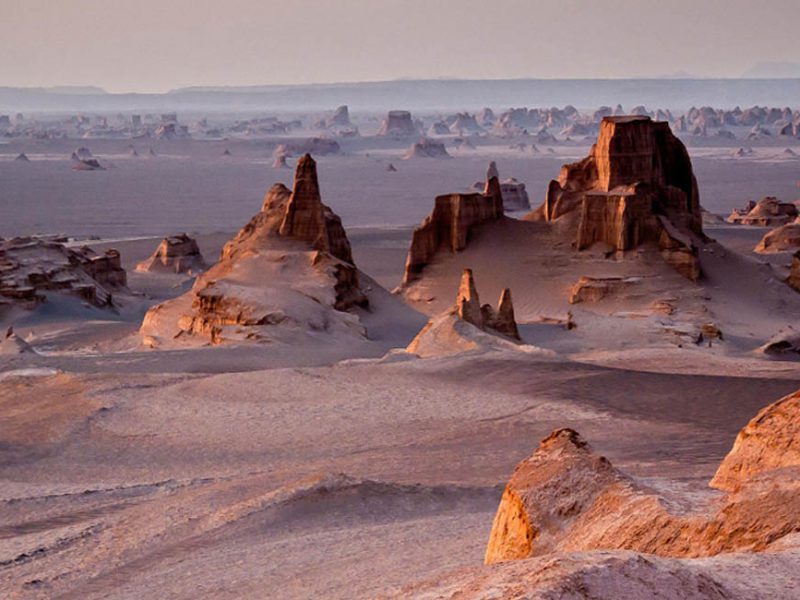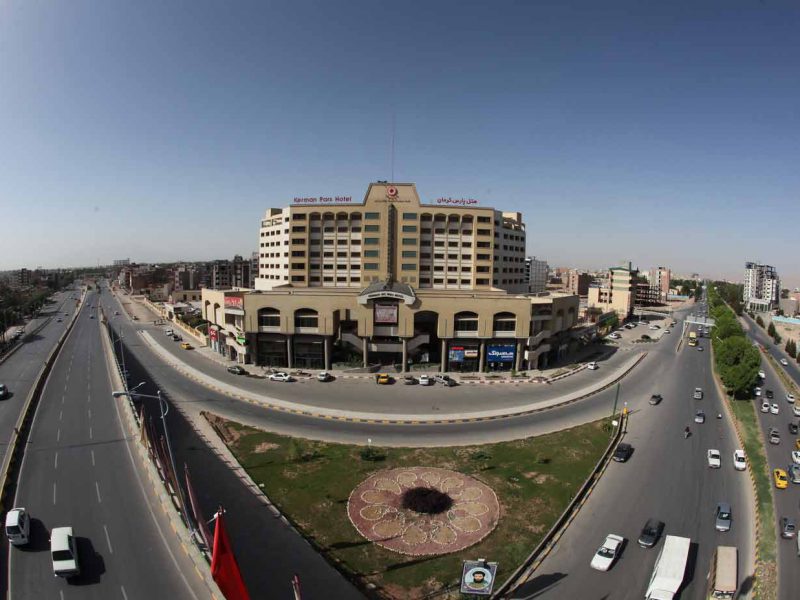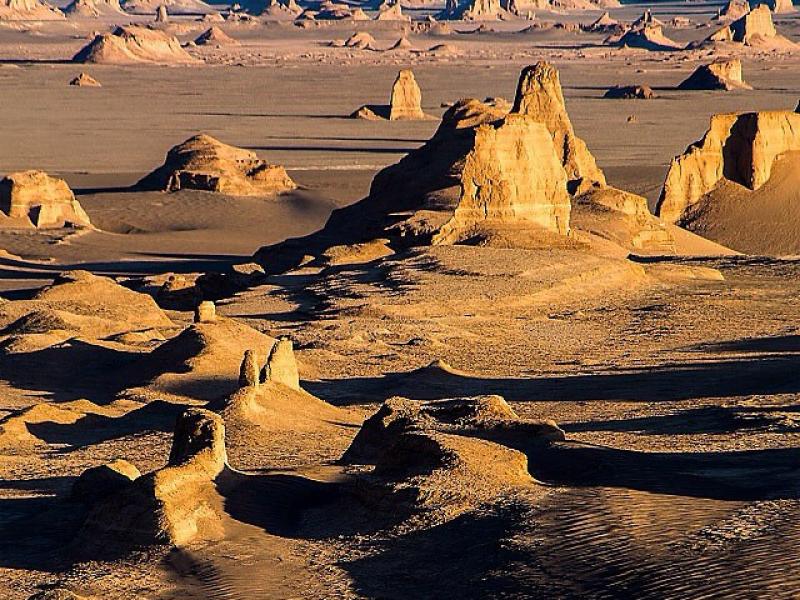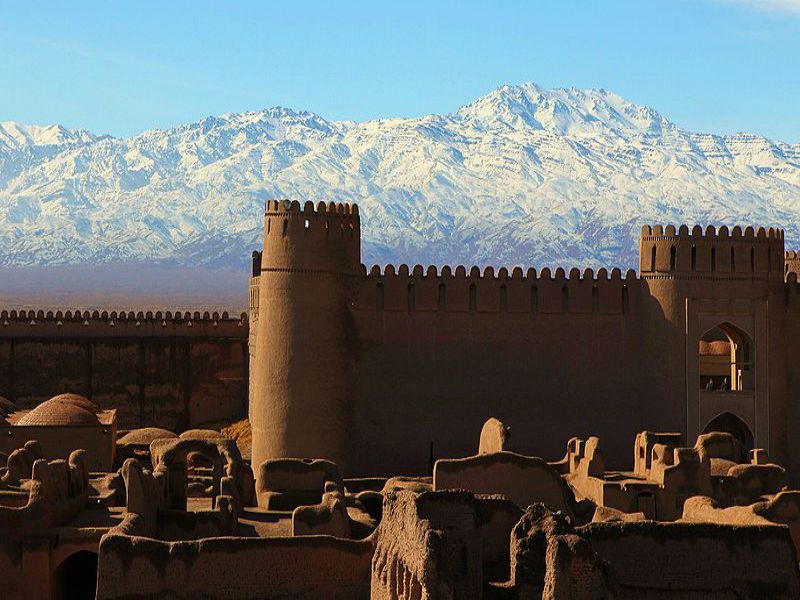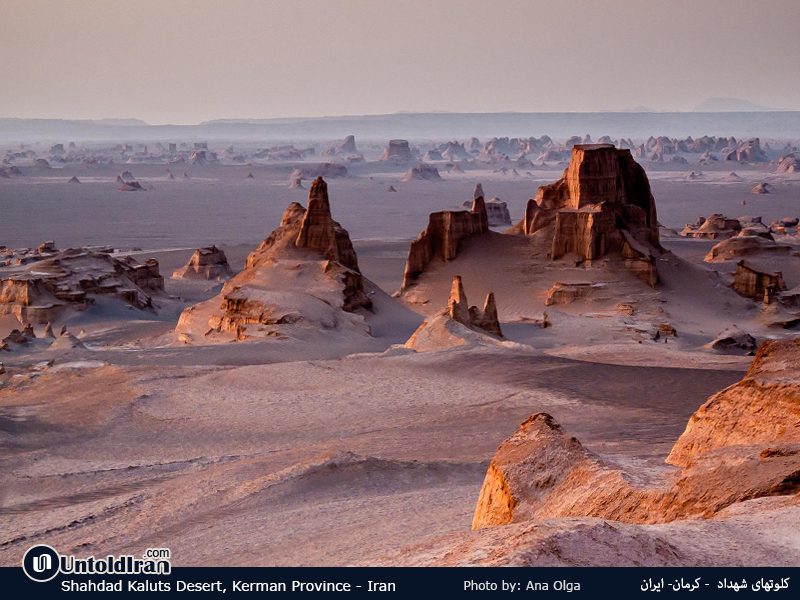Kerman
Categories: HistoricalExtra Information
- Country: Iran
Kerman is the capital city of Kerman Province, Iran. At the 2011 census, its population was 821,374, in 221,389 households, making it the 10th most populous city of Iran. It is located on a large, flat plain, 1,036 km (643 mi) south of Tehran, the capital of Iran.
It is the largest and most developed city in Kerman Province ( Covering an area 185 Square Kilometers ) and the most important city in the southeast of Iran . Kerman is famous for its long history and strong cultural heritage. The city is home to many historic mosques and Zoroastrian fire temples. Kerman is also on the recent list of the world’s 1000 cleanest cities. Kerman is also a former capital of Iran, a position that it held during several periods.
History:
Kerman was founded as a defensive outpost, with the name Behdesīr, by Ardeshir I, founder of the Sassanid Empire, in the 3rd century AD. After the Battle of Nahāvand in 642, the city came under Muslim rule. At first the city’s isolation allowed Kharijites and Zoroastrians to thrive there, but the Kharijites were wiped out in 698, and the population was mostly Muslim by 725. Already in the eighth century the city was famous for its manufacture of cashmere wool shawls and other textiles. The Abbasid Caliphate’s authority over the region was weak, and power passed in the tenth century to the Buyid dynasty, which maintained control even when the region and city fell to Mahmud of Ghazna in the late tenth century. The name Kerman was adopted at some point in the tenth century.
Under the rule of the Seljuq Turks in the 11th and 12th centuries, Kerman remained virtually independent, conquering Oman and Fars. Kerman in 1271, it had become a major trade emporium linking the Persian Gulf with Khorasan and Central Asia. Subsequently, however, the city was sacked many times by various invaders. Kerman expanded rapidly during the Safavid Dynasty. Carpets and rugs were exported to England and Germany during this period.
In 1793 Lotf Ali Khan defeated the Qajars, and in 1794 he captured Kerman. But soon after he was besieged in Kerman for six months by Agha Mohammad Khan. When the city fell to Agha Mohammad Khan, angered by the popular support that Lotf Ali Khan had received all the male inhabitants were killed or blinded, and a pile was made out of 20,000 detached eyeballs and poured in front of the victorious Agha Mohammad Khan. The women and children were sold into slavery, and in ninety days the city was destroyed.
The present city of Kerman was rebuilt in the 19th century to the northwest of the old city, but the city did not return to its former size until the 20th century.
Climate And Weather:
The climate in Kerman is referred to as a local steppe climate. There is not much rainfall in Kerman all year long . In Kerman, the average annual temperature is 16.8 °C. Precipitation here averages 224 mm.
The least amount of rainfall occurs in July. The average in this month is 0 mm. In January, the precipitation reaches its peak, with an average of 41 mm.
The temperatures are highest on average in July, at around 26.5 °C. At 7.1 °C on average, December is the coldest month of the year
Demographics:
The people of Kerman are Persians, and most are Shi’a Muslims. Kerman has a small but culturally significant Zoroastrian minority.
Transportation:
All kinds of public transportations are available in Kerman for getting around in the city, including buses and taxis. Kerman also has a railway station, a bus terminal and an international airport in which Flights between Kerman and the remotest parts of Iran and the world are handled
Tourism:
Regarding its special Cultural and historical background , Kerman is the home of many museums and also numerous historical , Religious and natural attractions. It also has warm friendly people. It is home to “ Shazde “ Garden , the UNESCO World Heritage site .
